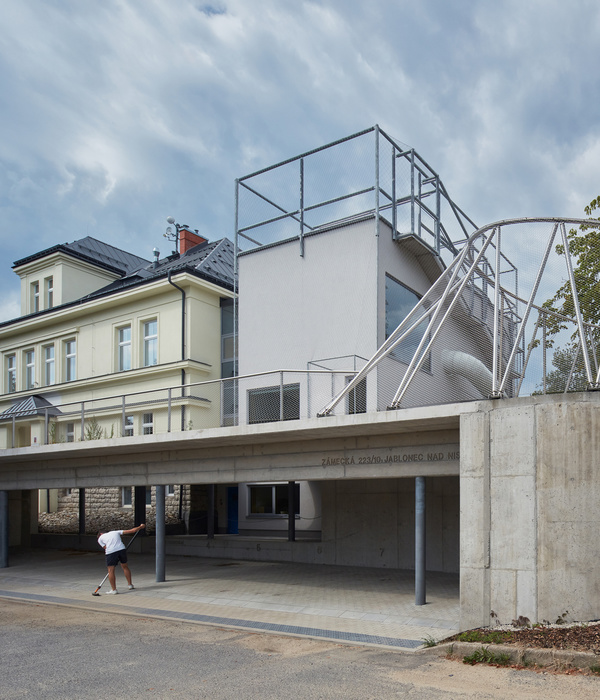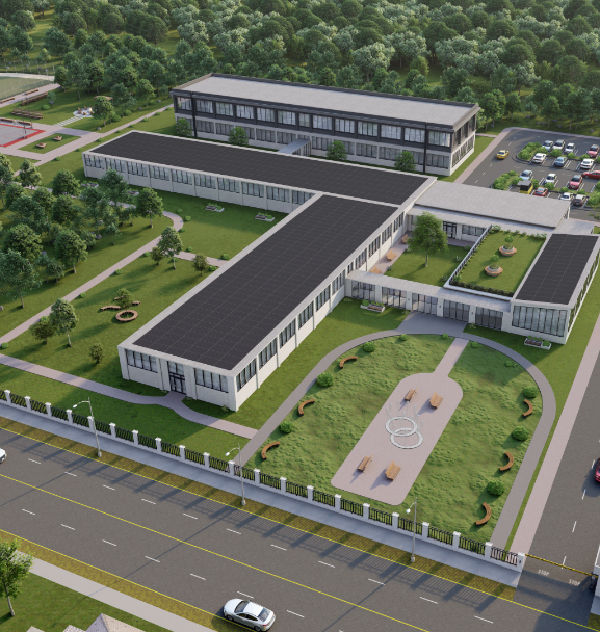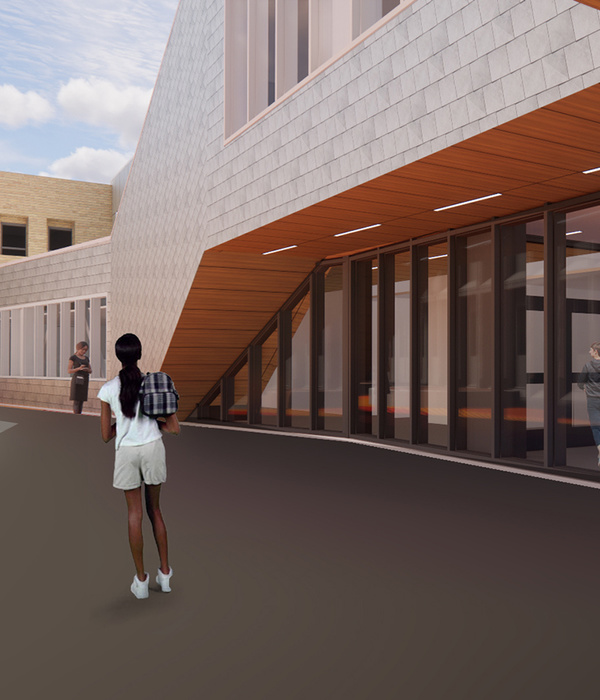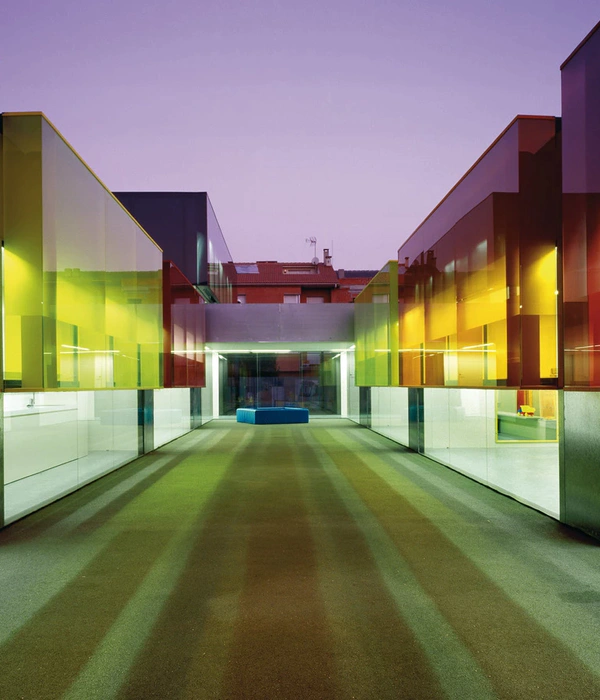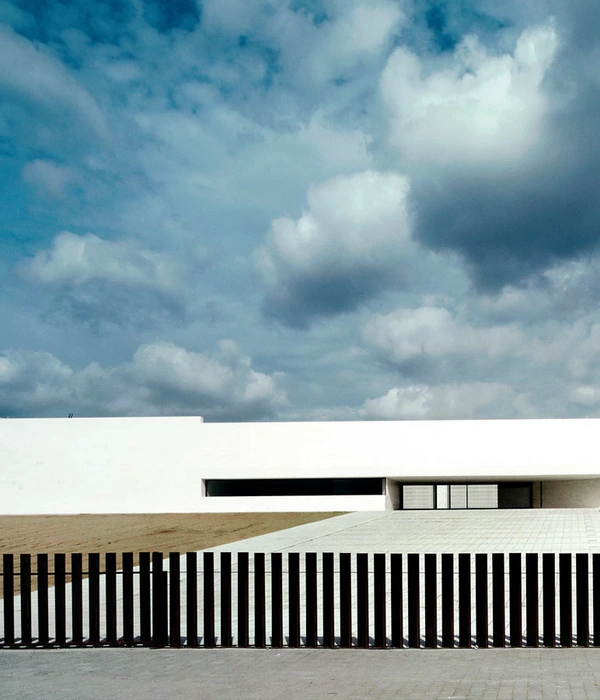The town
, though owing its toponym to different reasons, curiously hosts two ancient villas separated by a straight road; Porto a Vivaro (1554) by Andrea Palladio and the Palladian Da Porto Casarotto (1776) by Ottone Calderari. Villa no.3 was born out of a play on words; to try to build, albeit in our small and fragmented context of contemporary -Veneto-, a dwelling that could be, at least for the patrons who will live in it, the third villa in the country. The project, continuing facetiously, takes as an ideal model a villa 'other' than the Vicenza tradition; specifically a pre-Palladian Renaissance building, Villa Vescovi in the Paduan hills by architect Giovanni Maria Falconetto.
What remains of an ancient building if it is moved in flight from one place to another? What remains on the ground in takeoff? Probably everything that ties the original villa to the style of its time. What remains, however, are the principles, the holistic view of the cosmos, and man's intimate relationship with nature and its cycles.
The heating and cooling of the house are designed from the relationship of the openings to the sunlight and the prevailing winds in the area. Two loggias on the west and east elevations identify the main and secondary entrances respectively, creating two protected and calming zones from the weather.
The bioclimatic greenhouse to the south reduces energy needs for winter heating by about 35 percent, while in summer it becomes a traditional, shade-laden porch. Three different natural ventilation systems for the example of Renaissance Venetian villas were studied and implemented in the building.
The building is NZEB and designed under the principles of bio-architecture, using building materials with minimal levels of gray energy, whose life cycle has a very low carbon footprint. Villa no. 3 is built with traditional materials such as wood, thatch, and lime plaster, adapted to today's construction processes. The building structure is prefabricated wood, and the frames of the exterior partitions and the roof are insulated with pressed straw bale.
{{item.text_origin}}

